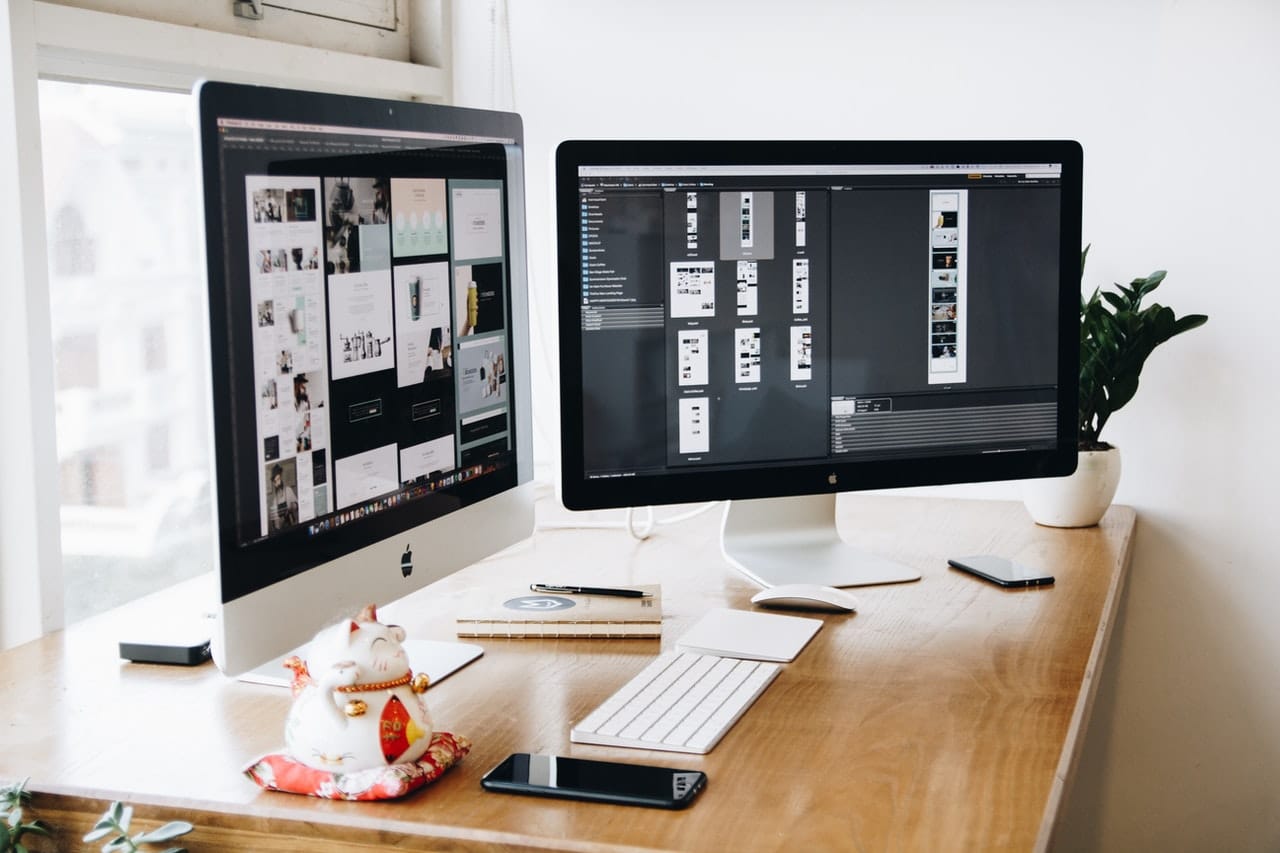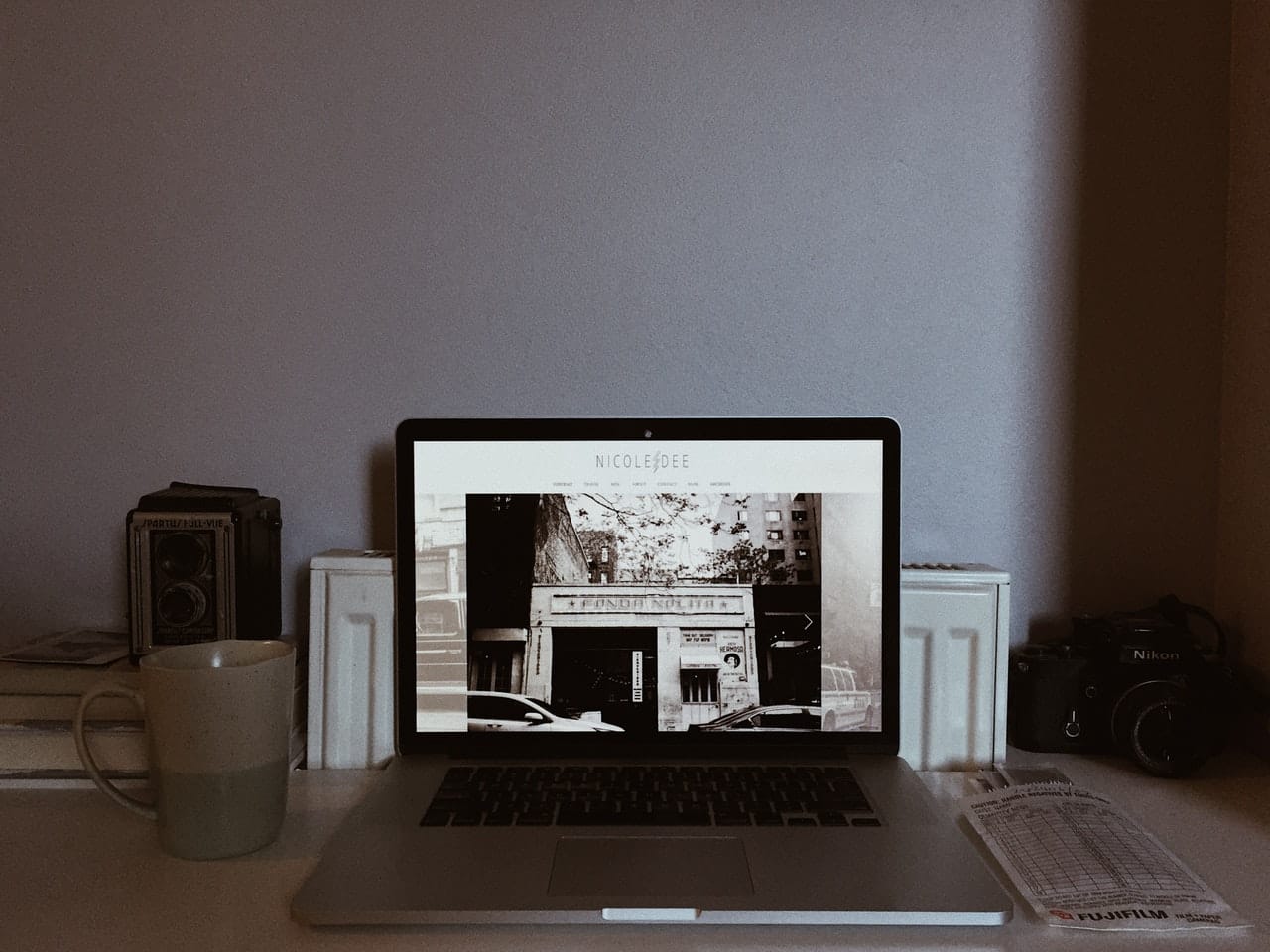The meaning of web design is simply the design structure of how a website is displayed on the internet. Web design encompasses the outward facing structure including the appearance, layout, content, and aesthetics of the site. Since websites are consumed on desktop, tablet, and mobile devices, web designs need to be responsive and compatible with all of these different platforms.
These factors add to the intricacies of designing websites. It’s important to note these differences because a design that works and is aesthetically pleasing on a large computer screen may be challenging to use while navigating it on a small handheld device. The web design process is all about creating a site that works well regardless of where or how it is being accessed. A web designer’s focus is predominantly concentrated on how to display information in a way that is easy to digest. This includes the way it is formatted and structured — for example, think about the different headers on a website you are visiting that allow you to navigate through or find the particular information you are on there to find. Oftentimes, the content collection will be part of the job of a web designer because once you have all the information that is needed for the website, it becomes easier to plan and develop.
Aesthetically pleasing and on-brand are two other really important aspects when it comes to identifying some of the web design building blocks. A website should be easy on the eyes — the attraction will help grab visitors attention and keep it. It also needs to both match and enhance the brand that it is built for, taking into account the logo, brand colors, typography, graphics, etc. Think about the difference in a website you would expect from a spa and a motorbike company, that’s what brand alignment in a site means.


